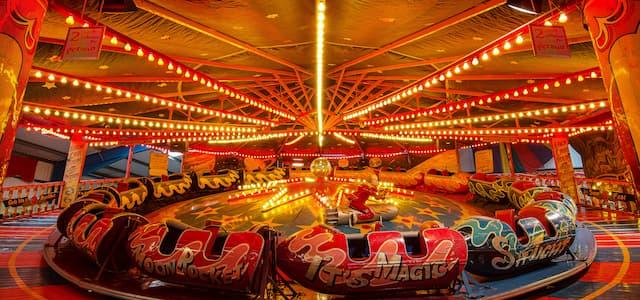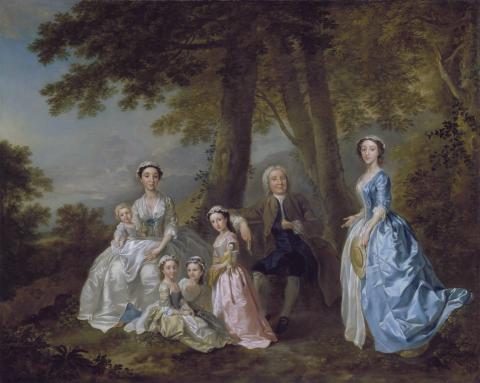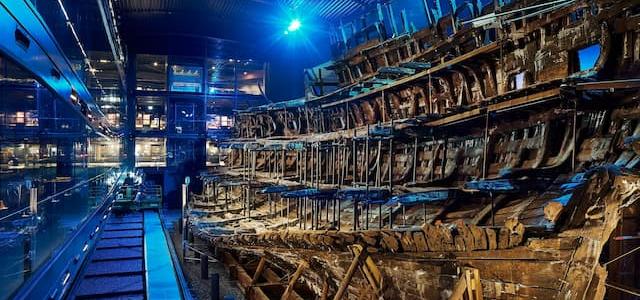
Tate to hang Hayman
Tate has acquired one of the most important small-scale informal group portrait pieces by Francis Hayman (1708-1776).

Samuel Richardson, the Novelist (1684-1761), Seated, Surrounded by his Second Family, 1740-41, will go on display at Tate Britain from 8 – 28 August 2006. The National Heritage Memorial Fund made a generous grant of £500,000 towards the purchase, The Art Fund awarded a grant of £150,000, Tate Members gave £100,000 and the remaining £250,000 came from Tate acquisition funds.
A key picture in the history of the British School, Samuel Richardson, the Novelist (1684-1761), Seated, Surrounded by his Second Family, 1740-41, is thought to be Hayman’s finest painting. The picture exemplifies the type of informal group portrait which so inspired Gainsborough and other British artists of this generation. The importance of the painting lies in the significance of the subject to British cultural life, being a portrait of the novelist Samuel Richardson with his second wife and young family. Apart from being exhibited for a brief period in the 1960s the work hasn’t been on public view since it was painted.
In the autumn of 1740 Richardson achieved overnight success with the publication of his first novel, Pamela or Virtue Rewarded, a seminal work in the history of English literature. The book, which charts the trials and tribulations of an innocent serving maid in defence of her virtue, went through five editions in its first year. The sixth edition, published in 1742, was illustrated with twenty-nine plates by Hayman, which were engraved by the French artist, Hubert Gravelot. This portrait by Hayman was probably made towards the end of the 1740s, just after the book’s publication, and may have been conceived to celebrate Richardson’s success.
Stephen Deuchar, Director, Tate Britain said: “This is a wonderful addition to Tate’s collection and enhances tremendously our ability to tell the history of British art in the mid-eighteenth century. Samuel Richardson and His Family allows us to reveal the seminal influence of Hayman on Gainsborough’s early style and provides a new dimension to our collection of small-scale informal group portrait pieces, notably by William Hogarth. I am grateful for the generosity of The National Heritage Memorial Fund, The Art Fund and Tate Members.”
Explaining the importance of the award, Stephen Johnson, Head of the NHMF, said: “We’re delighted this NHMF grant will put this outstanding portrait on display to the public for the first time in over 40 years. A great artist painting a great novelist and his family is a truly treasured piece of our heritage that everyone can now enjoy."
David Barrie, Director of The Art Fund said: “Samuel Richardson shot to fame in 1740 with unbelievable speed, and this portrait captures a fascinating moment in the novelist’s life just after he had become an overnight sensation. The portrait is undoubtedly one of Hayman’s best, and after decades in a private collection The Art Fund is delighted that it can at last be appreciated by the public.”
Francis Hayman (1708-1776) was a portraitist, history painter and genre painter and one of the leading lights in the artistic community of London in the first half of the eighteenth-century. A close friend of William Hogarth, he was also a major influence on the young Thomas Gainsborough, who arrived in London at precisely the time when the present portrait was painted.
Tate owns three oil paintings by Hayman: The Wrestling Scene from ‘As You Like It’, of around 1740-2; See-Saw of the same period; and a portrait of two sportsmen, Thomas Nuthall and his Friend Hambleton Custance, of 1748. In addition Tate owns one small illustration, a frontispiece to The Tatler, and two landscapes by George Lambert of Copped Hall in Essex, which contain figures by Hayman. This new acquisition also provides a wonderful companion to Tate’s Four Scenes from Samuel Richardson’s Pamela, four of a series of twelve paintings made by Hayman’s contemporary, Joseph Highmore, to illustrate Richardson’s novel.
The painting will go on display until 28 August 2006 as part of the BP British Art Displays, supported by BP at Tate Britain. It will go on permanent display as part of Tate Britain’s re-hang in spring 2007.
Notes to editors
The Art Fund is the UK’s leading independent art charity. It offers grants to help UK museums and galleries enrich their collections and campaigns widely on behalf of museums and their visitors. It has 80,000 members. Since its foundation in 1903, The Art Fund has helped UK public collections acquire over 850,000 works of art, ranging from Bronze Age treasures to contemporary works of art.
Further information
Helen Beeckmans, Tate Britain Press Officer
Phone: 020 7887 4940 Fax: 020 7887 8729 E-Mail: pressoffice@tate.org.uk
Alison Scott or Dervish Mertcan, NHMF Press Officers
Phone: 020 7591 6032 / 6102 Mobile: 07973 613820
Sarah Harrison or Tanera Bryden, The Art Fund Press Officers
Phone: 020 7225 4820 / 22

